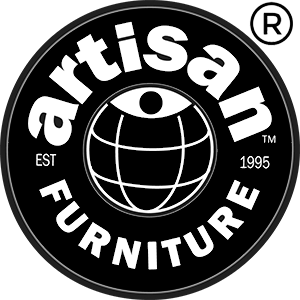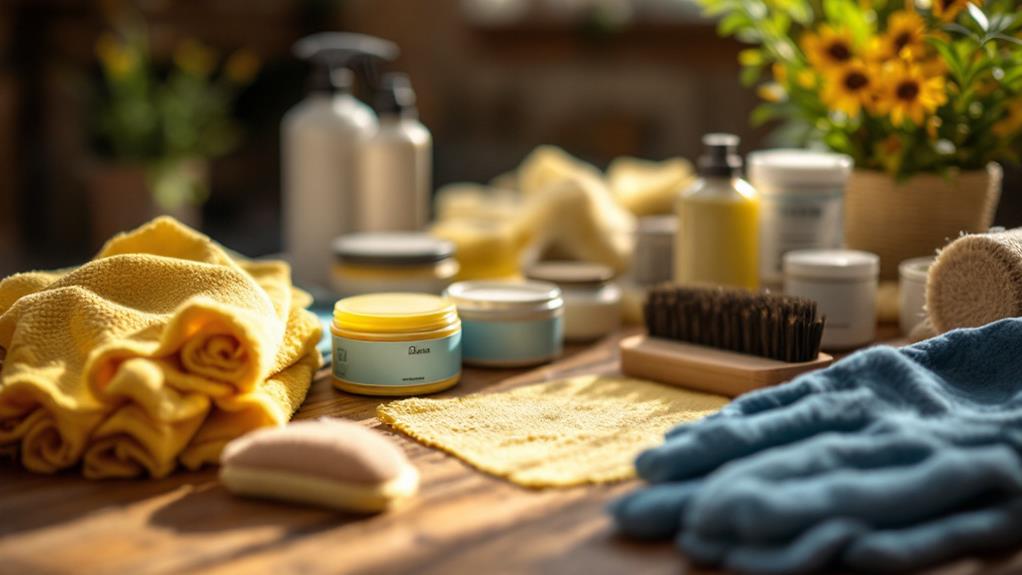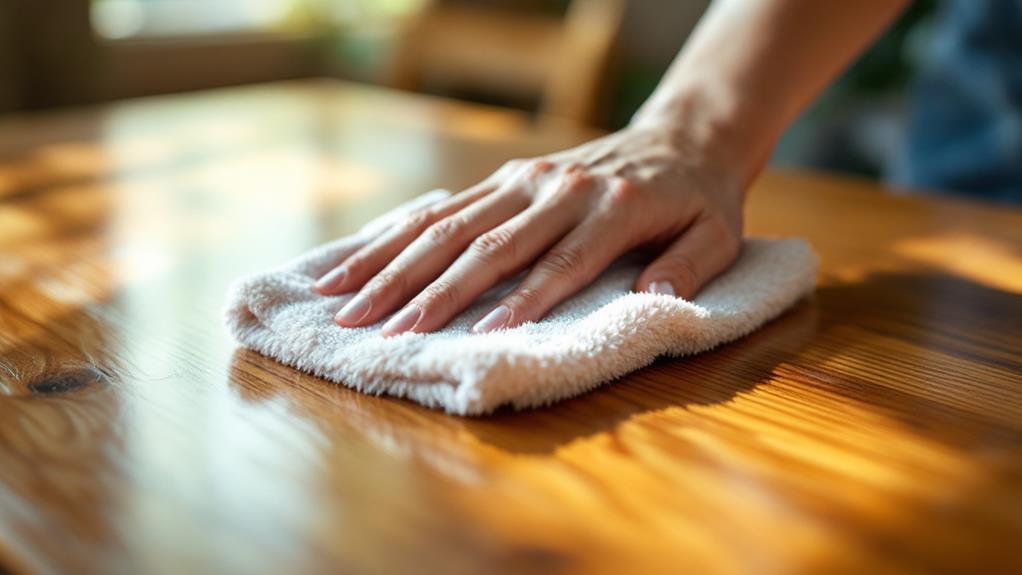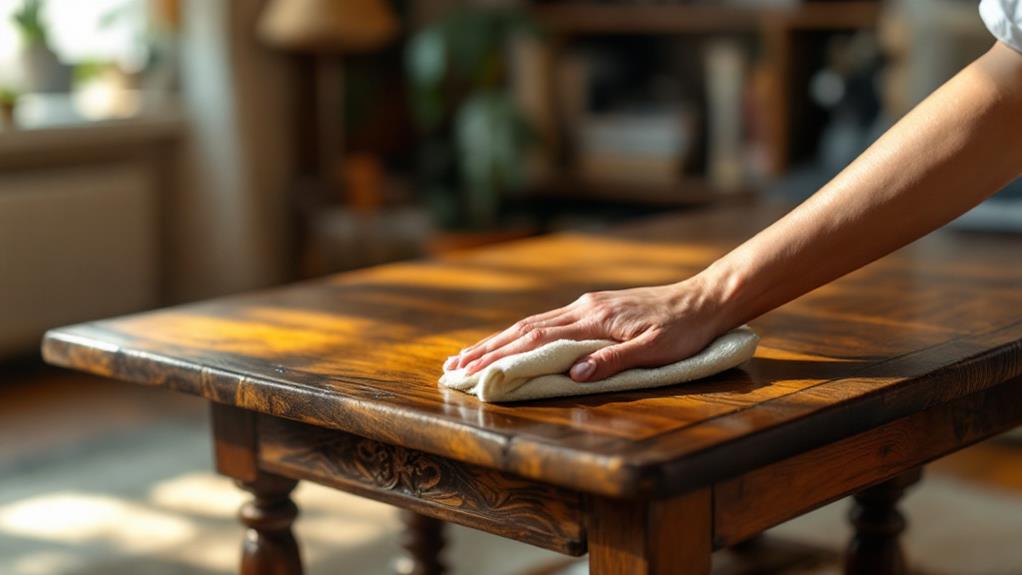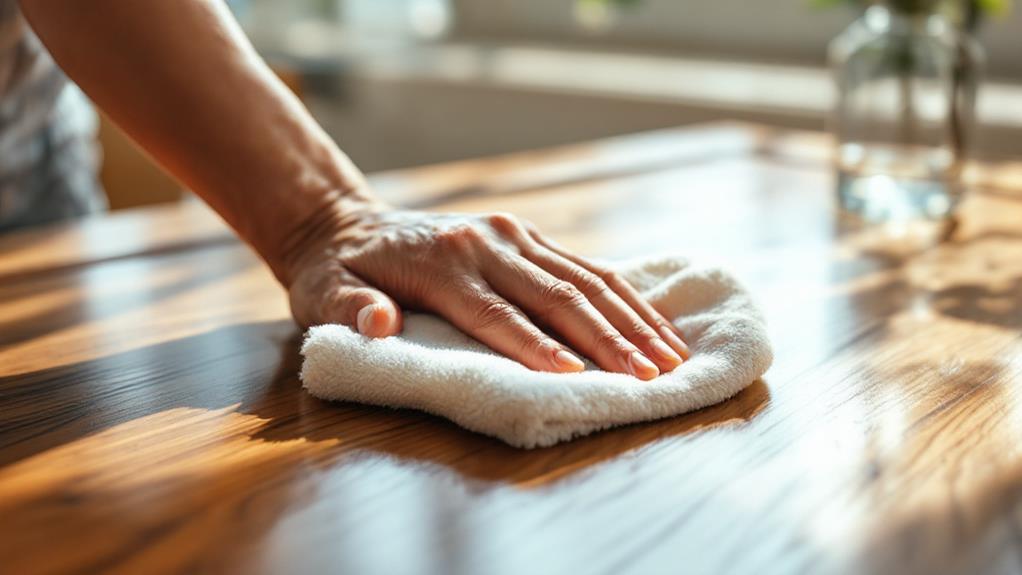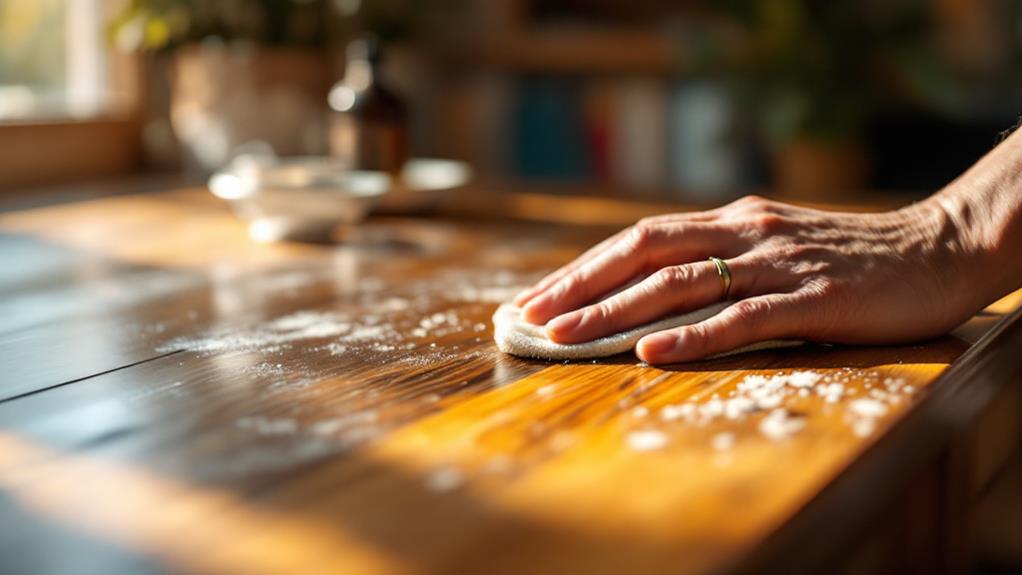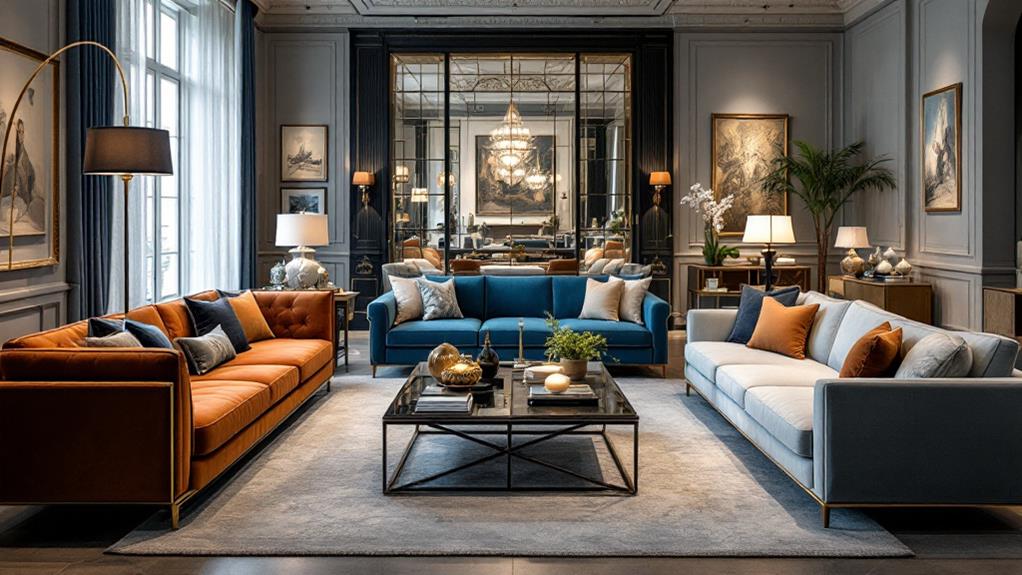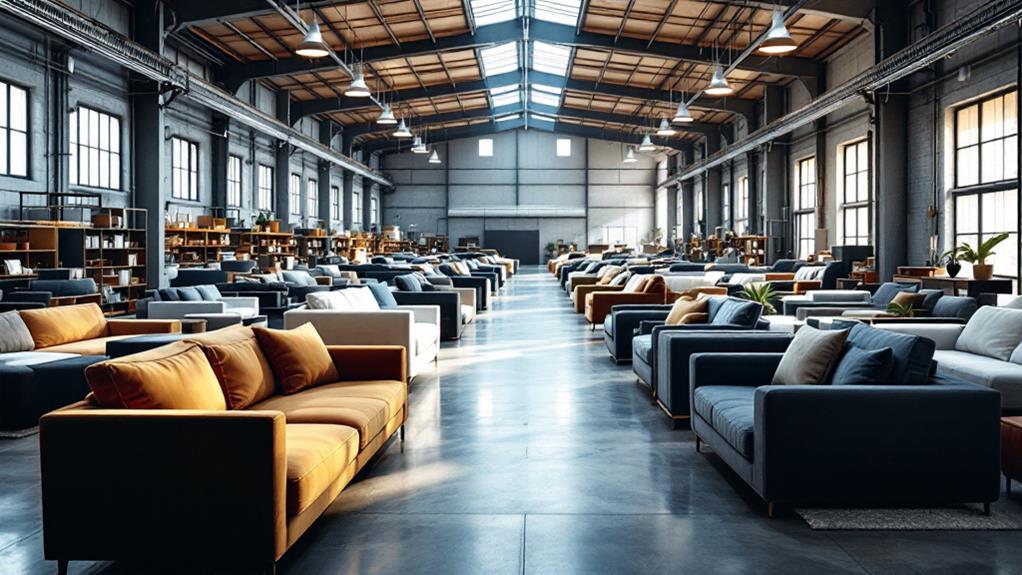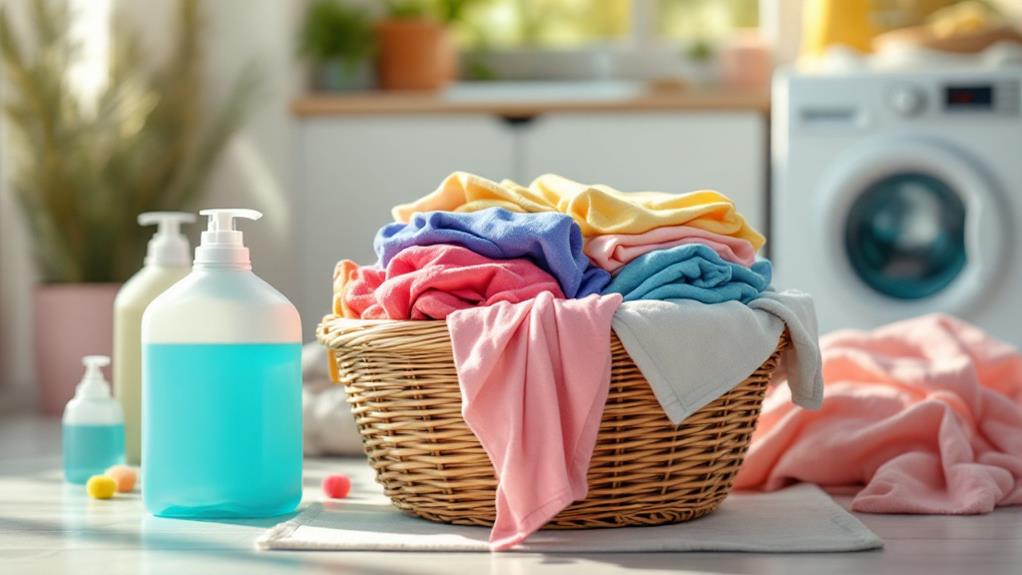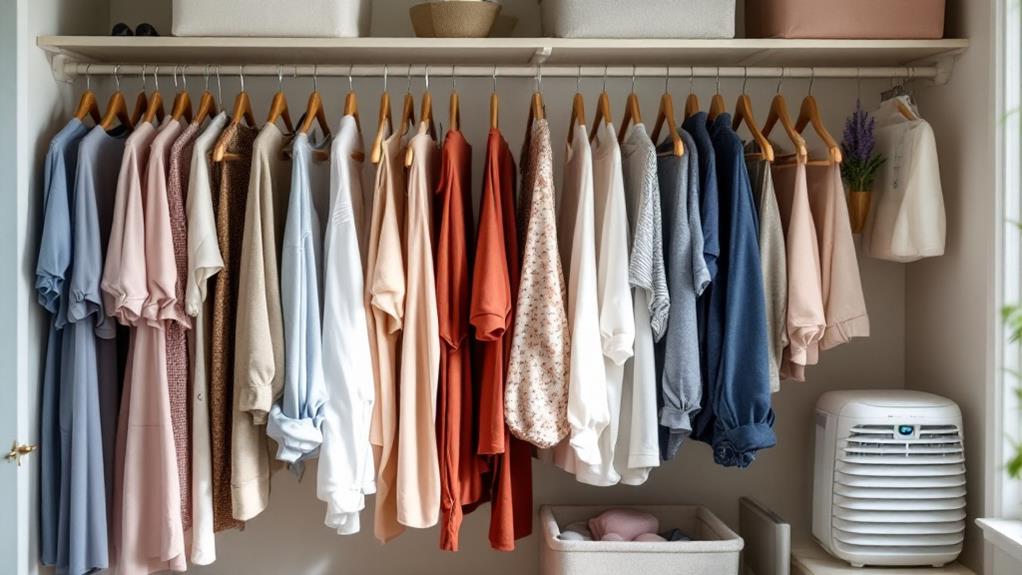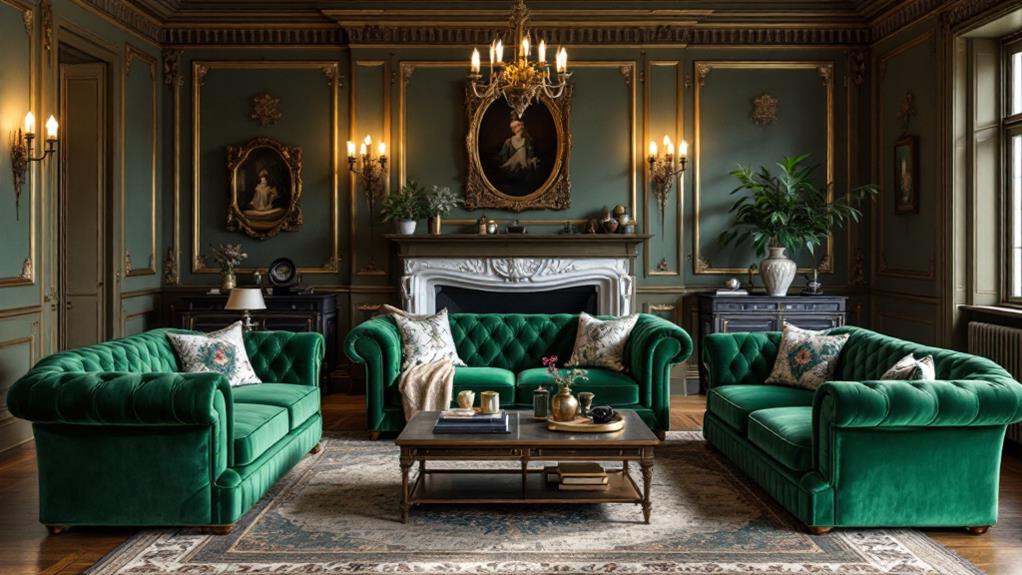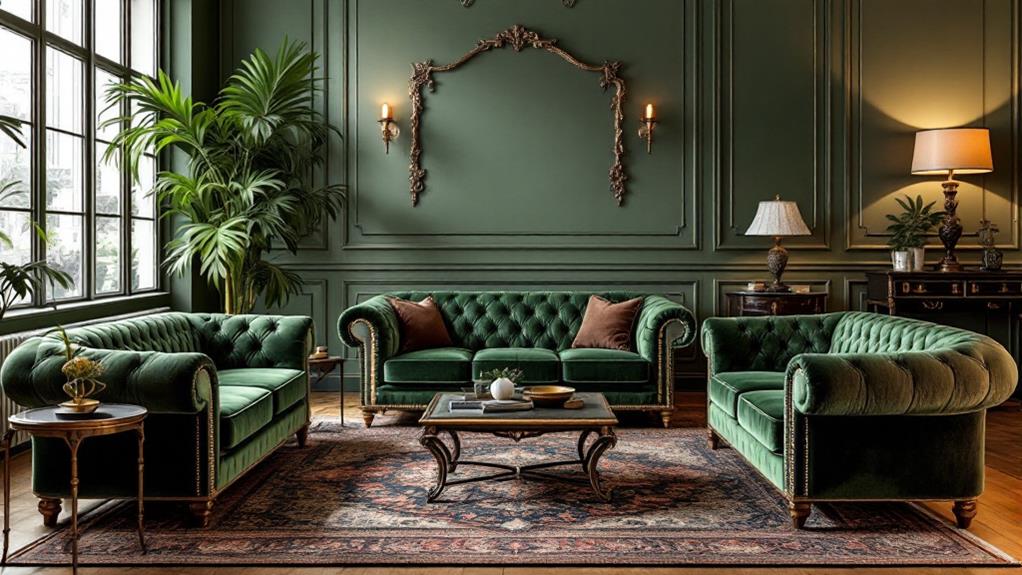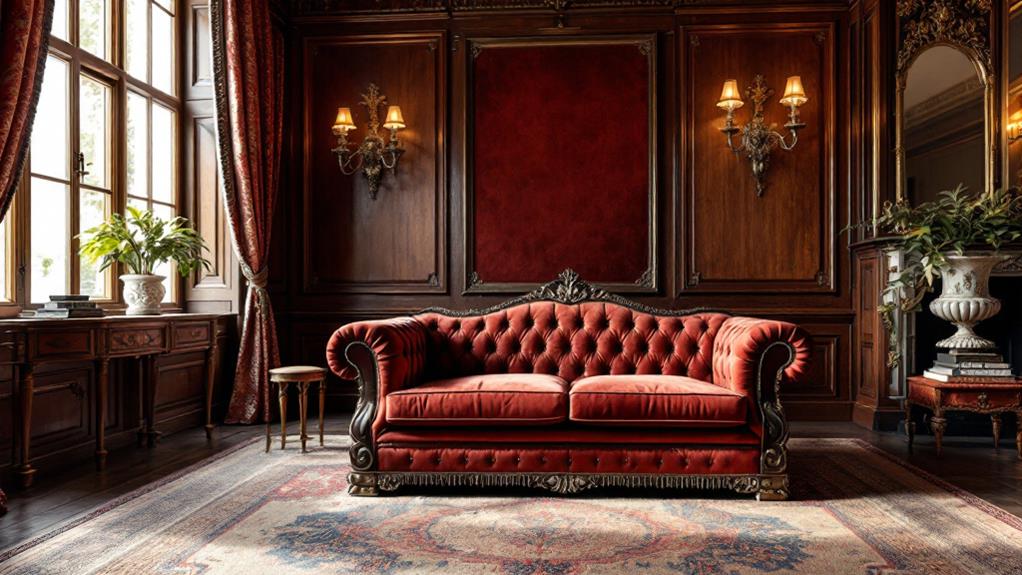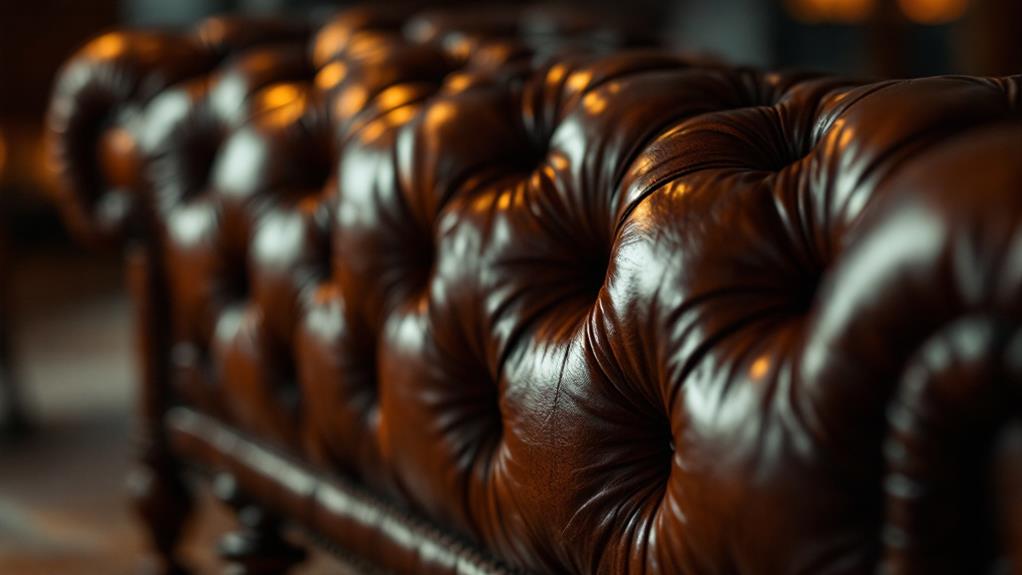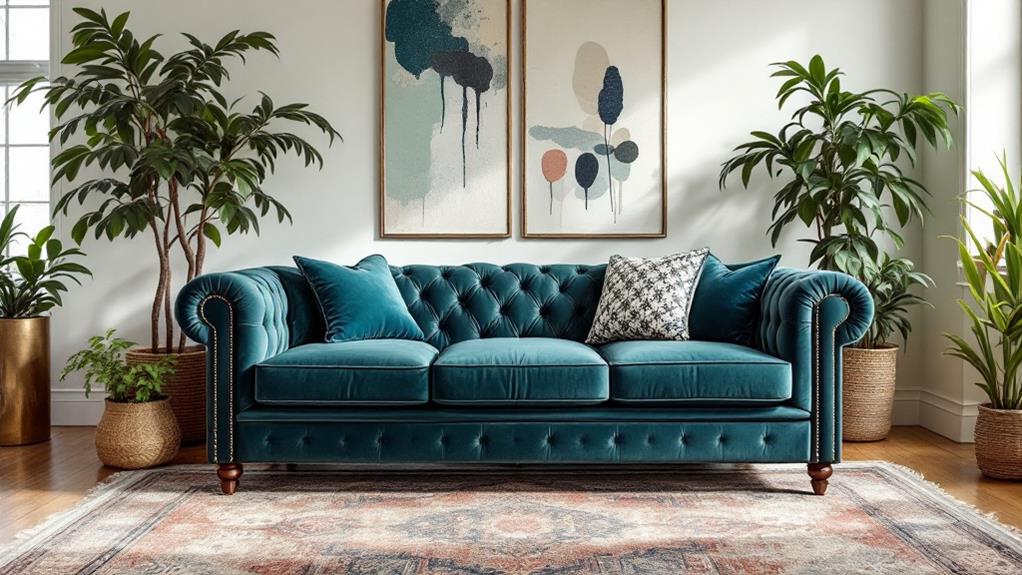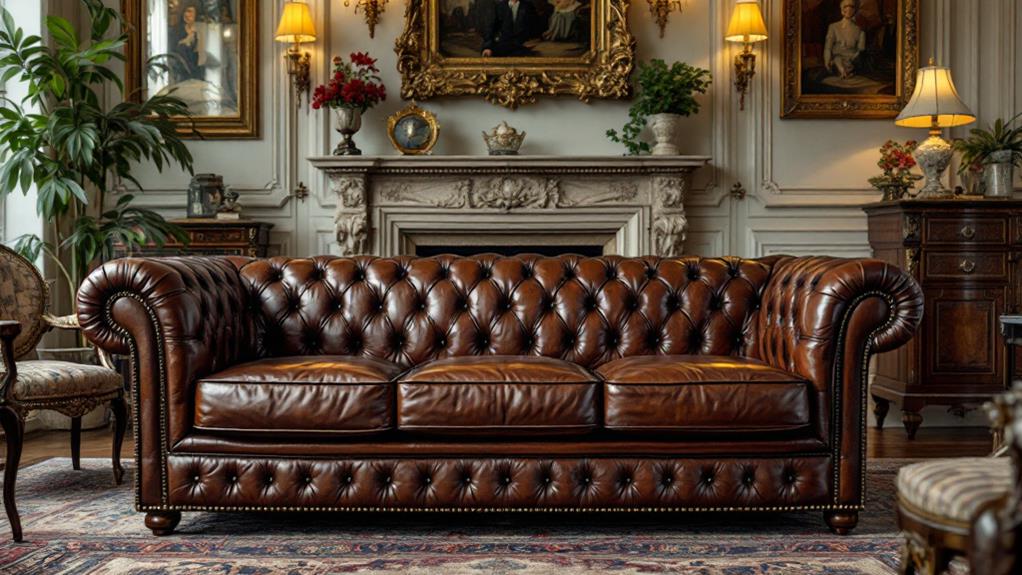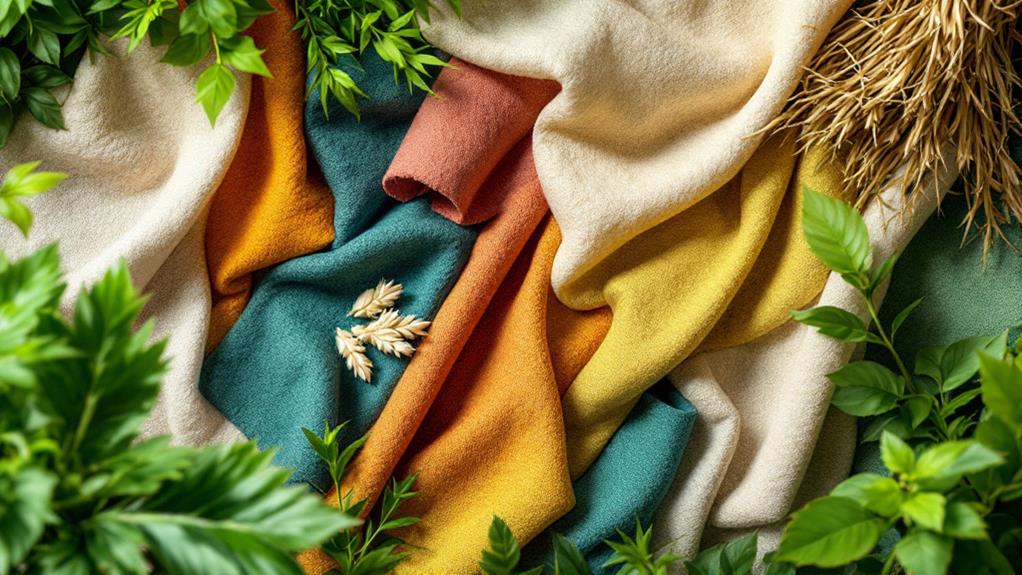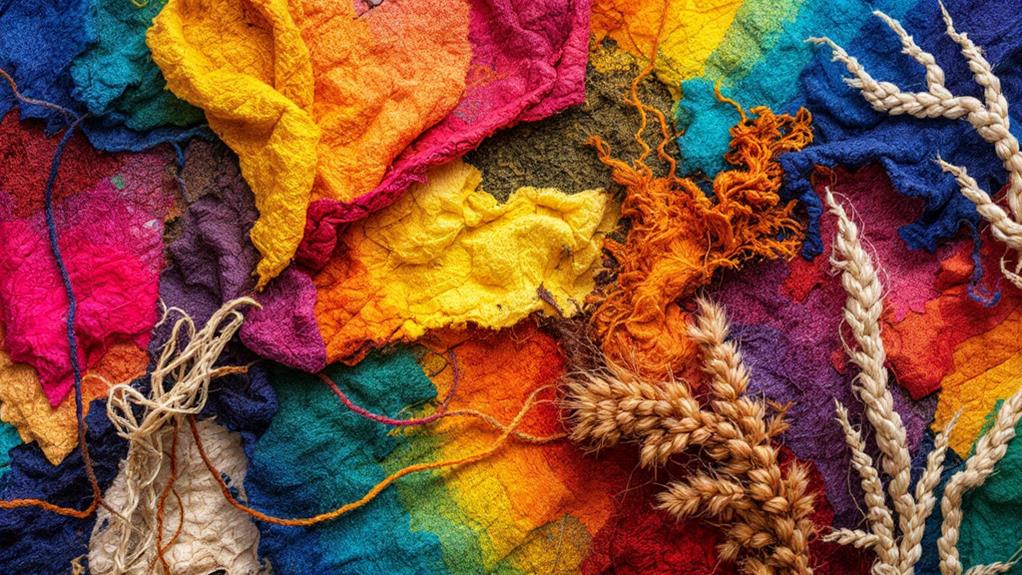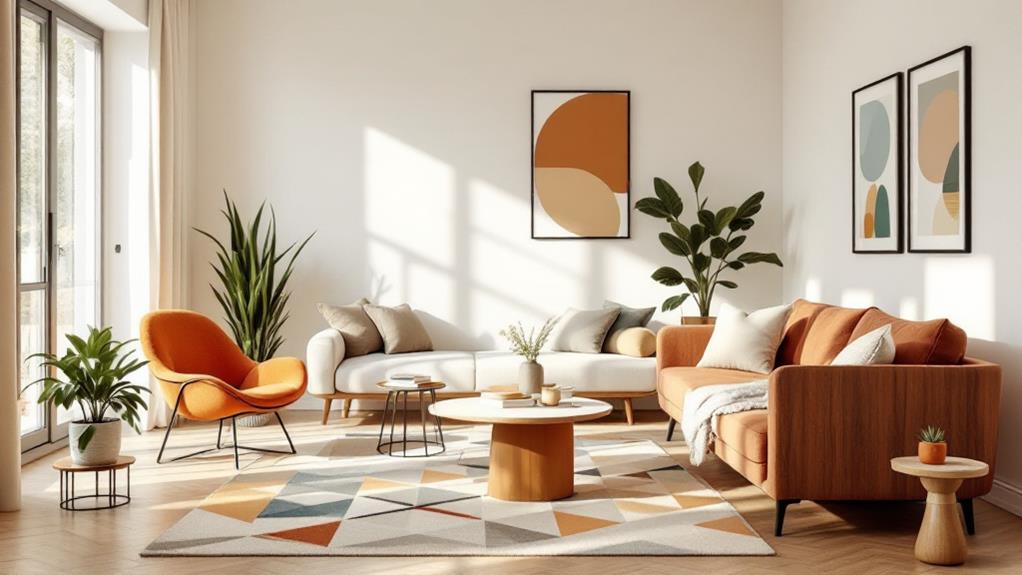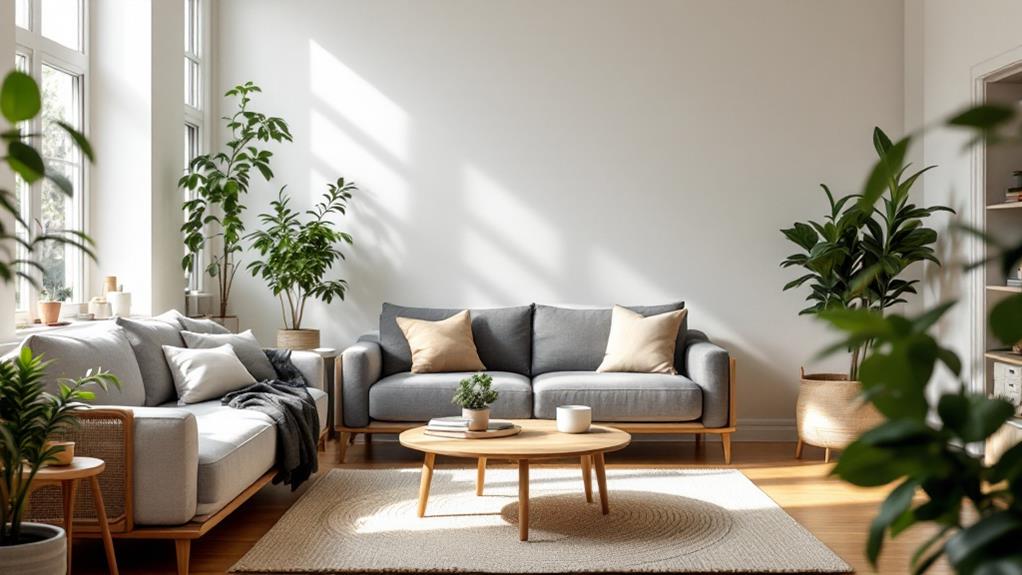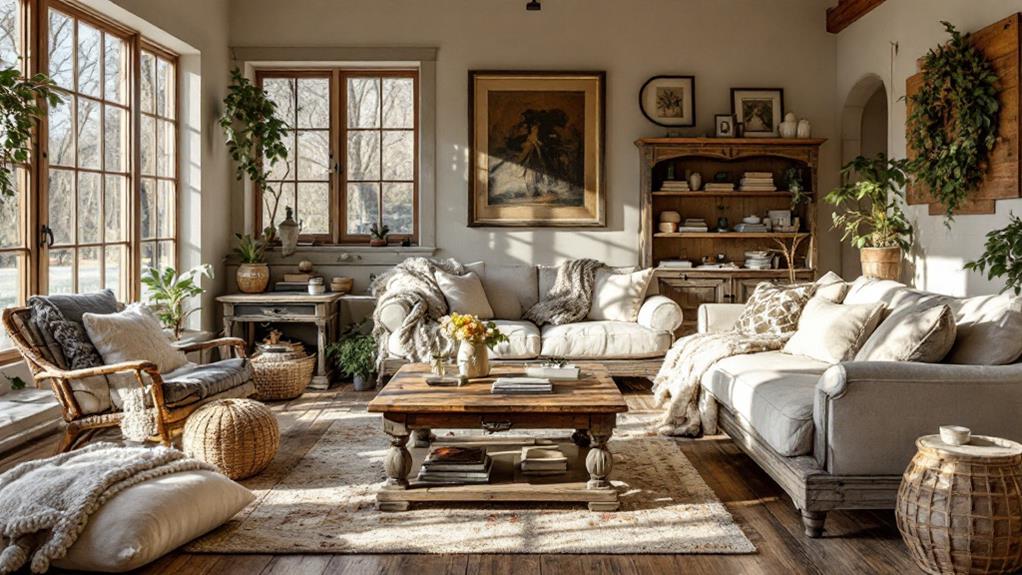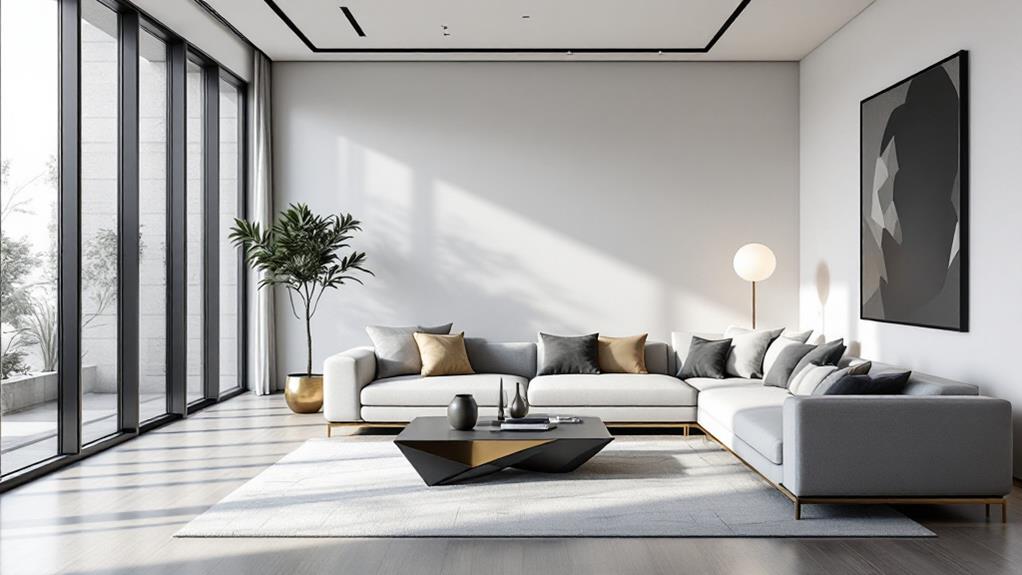You're looking at the top wholesale furniture manufacturers to watch in 2024, where industry leaders like IKEA and Wayfair are pushing sustainability boundaries with eco-friendly materials. Herman Miller and Steelcase stand out for their cutting-edge ergonomic furniture, designed to boost comfort and productivity. Brands such as Ashley Furniture Industries and Flexsteel Industries offer a diverse range of customizable options, ensuring they meet varied market demands. While La-Z-Boy is known for iconic and adjustable recliners, Hooker Furniture and Knoll excel in craftsmanship and design innovation. Their strong market presence and distribution networks make them pivotal players poised for growth. Let's explore further to understand their potential impact.
IKEA
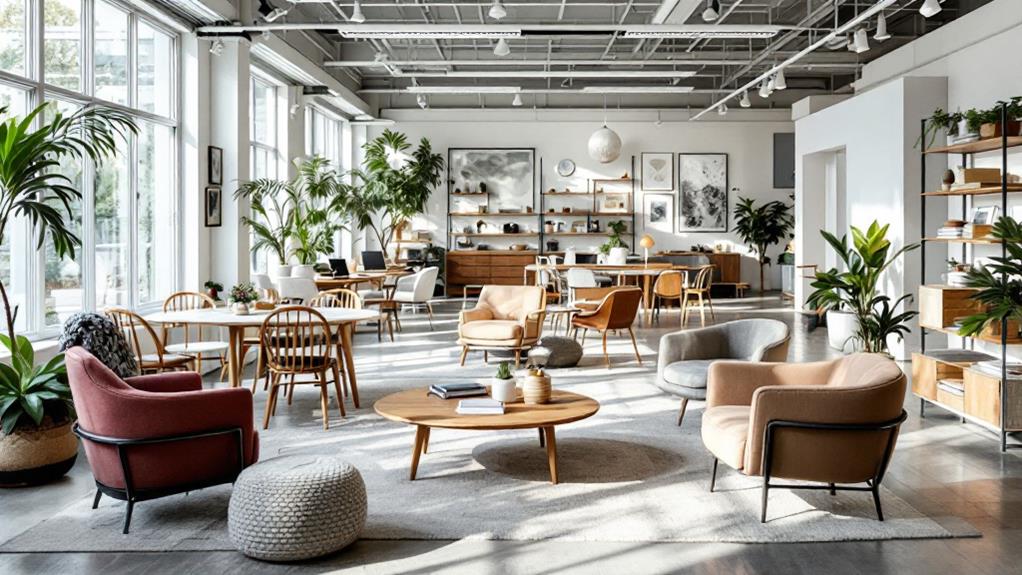
Why does IKEA continue to dominate the global furniture market? It's because of their unique approach to design and affordability. When you walk into an IKEA store, you're not just buying furniture; you're experiencing a cleverly curated lifestyle.
IKEA's flat-pack design is a game-changer, allowing them to ship products more efficiently worldwide, reducing shipping costs, which they pass on to you, the customer. This approach helps keep their prices competitive while maintaining quality.
IKEA's focus on sustainability also plays a significant role in their success. They've committed to using renewable and recyclable materials, appealing to environmentally conscious consumers. This gives you peace of mind knowing your purchases contribute to a healthier planet.
Moreover, IKEA invests heavily in its supply chain, ensuring products are readily available in over 50 countries. Their innovative use of technology and data analytics helps them respond quickly to trends, meeting customer demands effectively.
You'll also find IKEA's in-store experience and online presence streamlined and user-friendly. By combining style, functionality, and affordability, IKEA continues to set the standard in the furniture industry, making it a brand you can trust.
Ashley Furniture Industries
While IKEA has carved a niche with its flat-pack innovation and sustainability initiatives, Ashley Furniture Industries commands attention through its expansive product range and domestic manufacturing prowess.
You've likely heard of Ashley's reputation as a leading furniture manufacturer in the United States. Their broad selection of products spans across categories like living room, bedroom, and outdoor furniture, catering to diverse consumer tastes and needs.
Ashley stands out due to its commitment to domestic production, with manufacturing facilities strategically located across the U.S. This approach not only supports local economies but also allows the company to maintain high-quality control standards.
By manufacturing domestically, Ashley can respond swiftly to market demands, reducing lead times and enhancing customer satisfaction.
Additionally, Ashley's strong distribution network, including retail partners and online platforms, guarantees that their products are easily accessible to consumers. Their investment in advanced technology and logistics systems enhances efficiency, making them a formidable player in the furniture industry.
Herman Miller
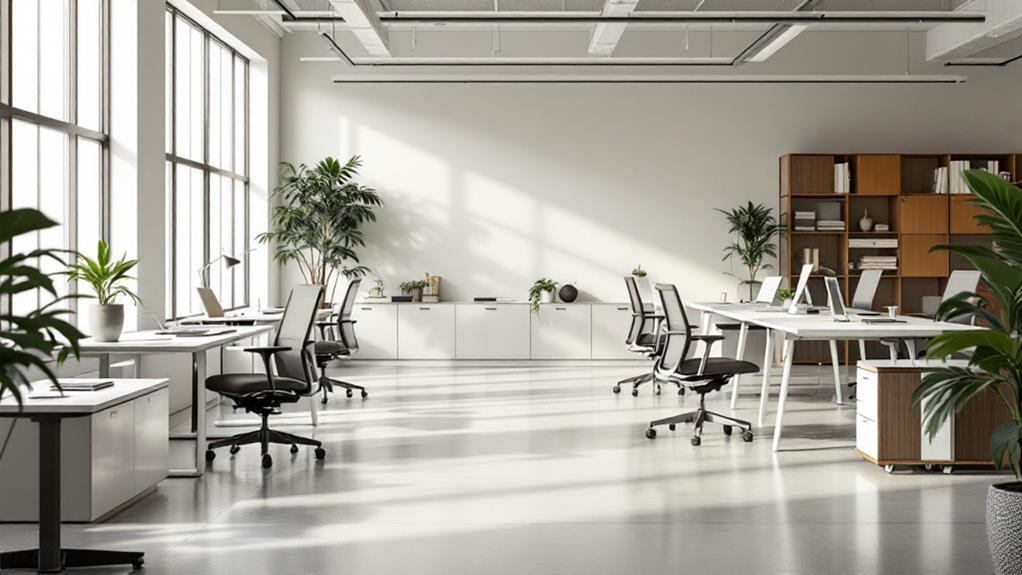
Renowned for its innovative designs and commitment to sustainability, Herman Miller stands as a beacon of modern furniture craftsmanship. As a leader in the industry, Herman Miller's products aren't just about aesthetics but also about functionality and environmentally responsible production.
You can expect their pieces to blend seamlessly into any space, combining style and practicality.
When considering Herman Miller, keep these key elements in mind:
- Ergonomics: Their furniture, especially office chairs like the Aeron, is designed to support your body and enhance comfort, reducing strain during long hours of use.
- Sustainability: They prioritize eco-friendly materials and processes, ensuring that their products leave a minimal environmental footprint.
- Innovation: Constantly pushing boundaries, Herman Miller integrates cutting-edge technology and modern design principles into their creations.
- Quality: With a reputation for durability, their furniture is built to last, offering long-term value.
Herman Miller's commitment to these principles makes them a standout in the wholesale furniture market.
As you look to 2024, consider how their dedication to function and form can meet your needs, whether you're furnishing an office or a home. Their pieces not only promise enhanced user experience but also reflect a dedication to sustainable practices.
Steelcase
Steelcase, a titan in the world of office furniture, is synonymous with innovation and ergonomic design. You'll find that their approach to creating office solutions combines functionality with aesthetic appeal. They've built a reputation for producing high-quality desks, chairs, and storage solutions that cater to modern workplace needs.
Steelcase prioritizes sustainability, integrating eco-friendly materials and processes into their manufacturing, which aligns with increasing demands for green business practices.
Their research-driven design process sets them apart. Steelcase invests heavily in understanding how people work, which informs their product development. This approach results in furniture that supports health and productivity, such as their ergonomic office chairs that are engineered to promote better posture and reduce fatigue.
You'll notice that their products often feature adjustable components, allowing customization to fit individual user preferences.
In addition, Steelcase's global presence and robust distribution network make it a key player in the wholesale market. Their ability to scale and adapt to different markets is essential for businesses looking for reliable office furniture solutions.
As you evaluate wholesale furniture manufacturers to watch in 2024, consider Steelcase for their commitment to quality, innovation, and sustainability.
Wayfair
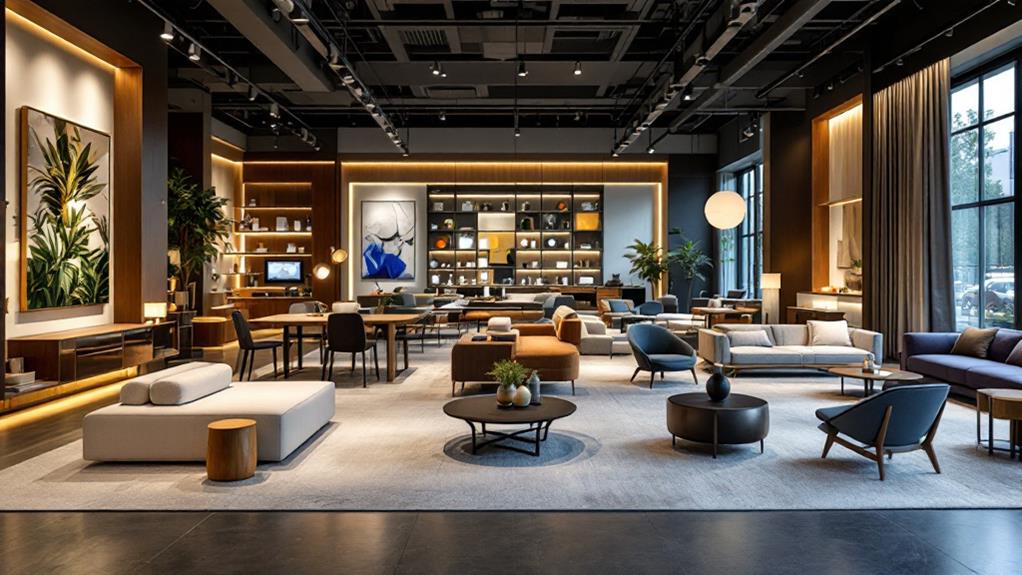
Shifting from the corporate-focused expertise of Steelcase, you might find Wayfair's approach to wholesale furniture engaging, especially if you're interested in diversity and accessibility.
Wayfair offers a broad range of products, making it a significant player in the furniture industry. They provide solutions for different styles and budgets, appealing to a wide audience.
If you're exploring Wayfair as a wholesale option, consider these aspects:
- Diverse Inventory: Wayfair's catalog includes a vast array of styles, from modern to rustic, ensuring that you can cater to varied tastes and preferences.
- Accessibility: With an efficient online platform, Wayfair makes it easy for you to browse, select, and purchase furniture, streamlining the procurement process.
- Customization Options: Wayfair offers customization features, allowing you to tailor products to meet specific client needs, enhancing your business offerings.
- Sustainability Practices: They're committed to eco-friendly practices, which can be an attractive selling point if you're targeting environmentally conscious consumers.
La-Z-Boy
La-Z-Boy, a name synonymous with comfort, brings a legacy of innovation and quality to the wholesale furniture market. As a leading manufacturer, La-Z-Boy has consistently focused on crafting furniture that prioritizes both comfort and durability. Known for their iconic recliners, they offer a wide range of products, including sofas, chairs, and sectionals, each designed to meet the diverse needs of consumers.
Their innovative approach is evident in the development of motion furniture, which combines functionality with style.
La-Z-Boy's commitment to quality is reflected in their use of high-grade materials and advanced manufacturing techniques. By leveraging their extensive experience, they guarantee that each piece of furniture not only enhances comfort but also stands the test of time.
In the wholesale market, they provide retailers with customizable options, allowing for tailored designs that suit specific consumer preferences.
Moreover, La-Z-Boy is dedicated to sustainability, incorporating eco-friendly practices in their production processes. This focus on green manufacturing appeals to environmentally conscious consumers, enhancing their brand reputation.
As you evaluate wholesale furniture manufacturers to watch in 2024, La-Z-Boy's blend of comfort, innovation, and sustainability makes them a remarkable contender.
Haworth
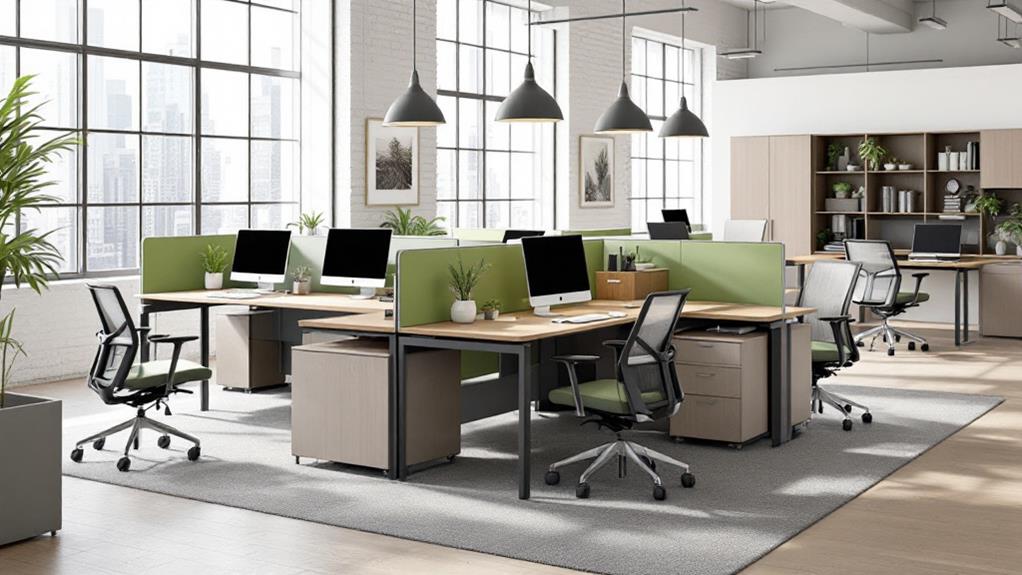
While La-Z-Boy sets the bar high with its comfort-driven designs, Haworth brings a different dimension to the wholesale furniture landscape. Known for its innovative approach to workspace solutions, Haworth focuses on creating environments that enhance productivity and well-being.
This manufacturer stands out for several reasons:
- Sustainability: Haworth is committed to environmental responsibility, using recycled materials and sustainable practices in their manufacturing processes.
- Ergonomic Design: Their furniture prioritizes ergonomics, guaranteeing that products support users' physical health. This focus is evident in their office chairs and workstations, designed to reduce strain and enhance comfort.
- Versatility: Haworth offers a wide range of products, from modular workspaces to flexible seating arrangements, catering to diverse needs in the office environment.
- Research-Driven Innovations: They invest in research and development, integrating the latest findings on workplace dynamics into their products, which guarantees they meet the evolving needs of modern businesses.
Hooker Furniture
As you explore the world of wholesale furniture, Hooker Furniture emerges as a brand that seamlessly blends tradition with innovation. Known for its high-quality craftsmanship, Hooker has been a staple in the furniture industry since 1924. Their commitment to excellence is evident in their diverse product range, which includes everything from classic wooden pieces to modern upholstered designs.
By prioritizing both aesthetic appeal and functional durability, Hooker Furniture manages to meet the needs of various market segments.
In the wholesale arena, Hooker's reputation for reliability and superior customer service makes them a top contender. They offer a thorough catalog that caters to different tastes and preferences, guaranteeing that their partners can provide customers with a wide selection of choices.
Hooker's strategic approach to design involves incorporating current trends while maintaining traditional elements, which appeals to a broad audience.
Their supply chain efficiency is another factor that sets Hooker Furniture apart. By utilizing advanced logistics and inventory management systems, they guarantee timely delivery and consistent product availability.
This operational prowess not only enhances customer satisfaction but also boosts their competitiveness in the wholesale market, securing their position as a manufacturer to watch in 2024.
Flexsteel Industries
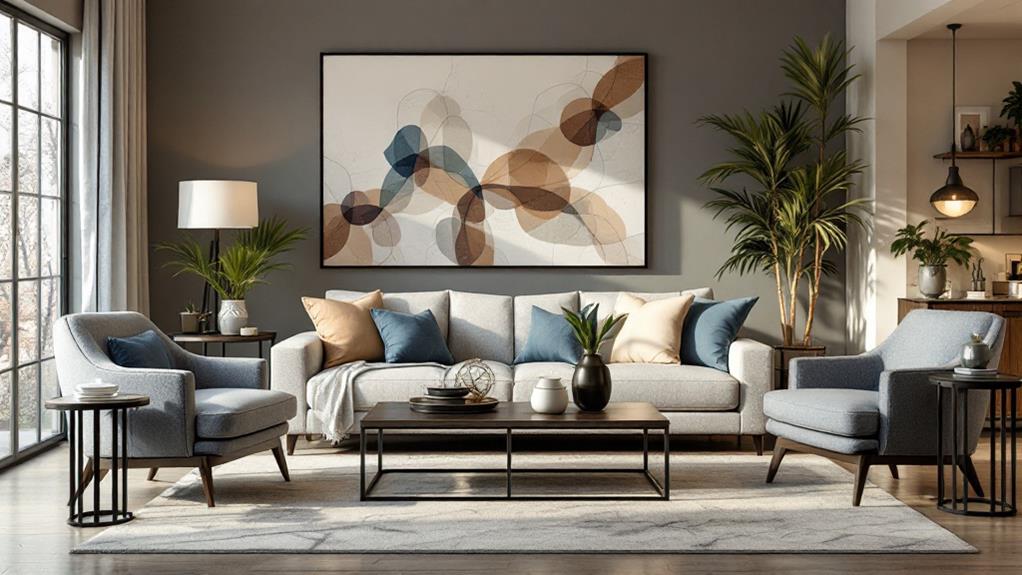
Flexsteel Industries has carved out a niche in the wholesale furniture market with its focus on comfort and durability. Known for its Blue Steel Spring technology, Flexsteel guarantees that each piece of furniture provides long-lasting support.
As a company, they emphasize both innovation and tradition, crafting products that meet modern needs while preserving classic styles. When considering Flexsteel for your wholesale needs, keep in mind the following aspects:
- Product Range: Flexsteel offers a diverse array of furniture, including sofas, recliners, and dining sets, catering to various tastes and preferences.
- Material Quality: You can trust that Flexsteel uses high-grade materials, guaranteeing each piece is built to withstand daily use and maintain its aesthetic appeal.
- Customization Options: They provide customizable features, allowing you to tailor furniture designs to fit your specific market demands.
- Sustainability Practices: Flexsteel prioritizes environmentally-friendly practices, integrating sustainable materials and processes into their production line.
These elements highlight why Flexsteel stands out in the wholesale arena.
Knoll
Knoll captures attention in the wholesale furniture market with its sleek, modern designs and commitment to quality craftsmanship. When you explore Knoll's offerings, you'll notice their dedication to blending form and function. Established in 1938, Knoll has a long history of collaborating with renowned designers, ensuring that each piece embodies innovation and aesthetic appeal.
Their focus on ergonomic design, sustainability, and durability sets them apart from many competitors. You might find Knoll's product lines, such as office chairs and workstations, especially appealing if you're seeking adaptable and stylish solutions.
Their use of sustainable materials, like recycled aluminum and responsibly sourced wood, demonstrates a commitment to environmental responsibility that resonates with today's eco-conscious consumers. Additionally, Knoll's attention to detail is evident in their meticulous production processes, which guarantee that each product meets high standards.
In recent years, Knoll has expanded its digital presence, providing you with seamless online access to their catalogs and customization tools. This digital innovation makes it easier for you to explore options and tailor products to suit specific needs.
As you consider wholesale furniture manufacturers to watch in 2024, Knoll's blend of quality, design, and sustainability should definitely be on your radar.
